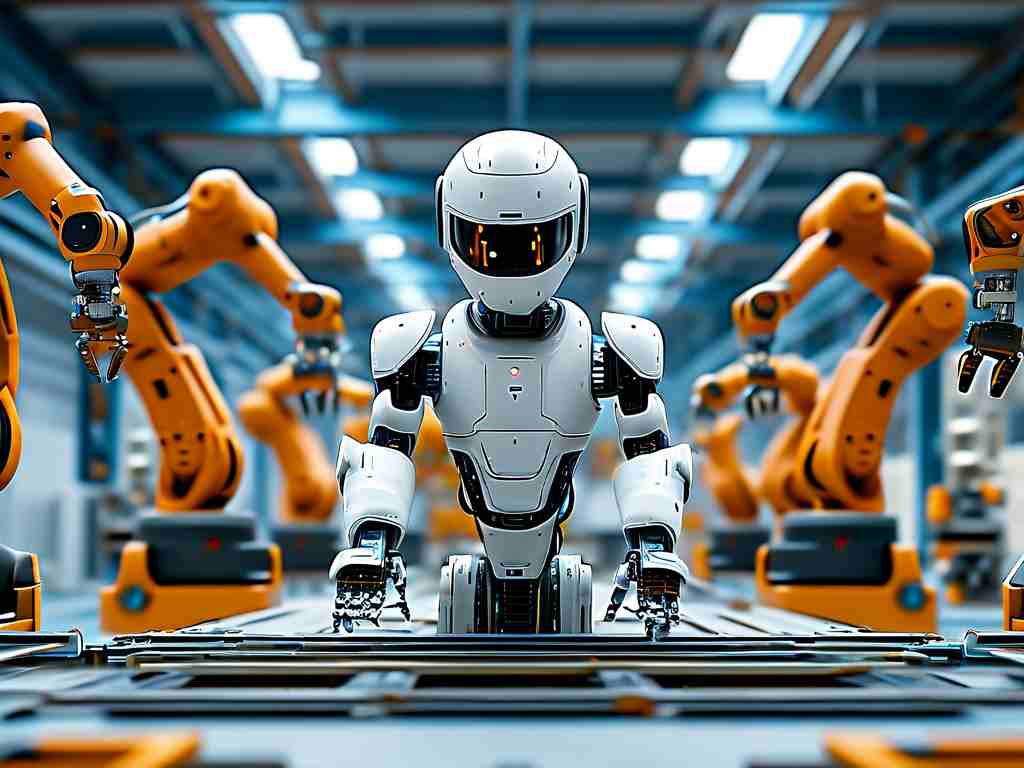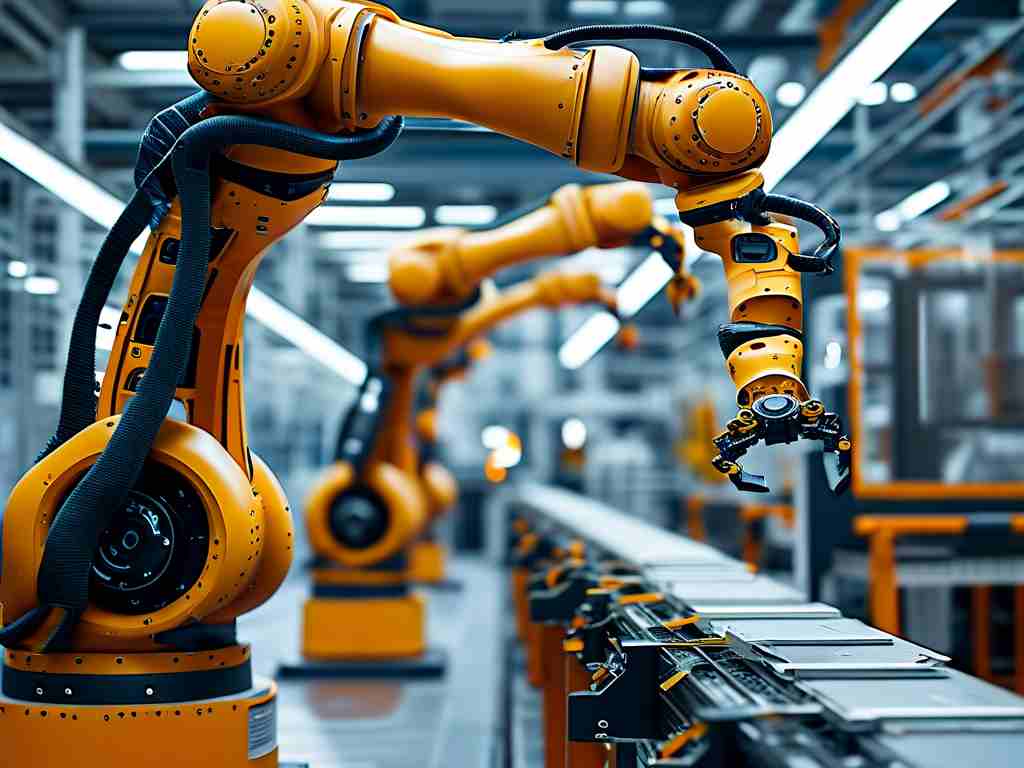The integration of robotic systems into textile manufacturing has ushered in a new era of precision and efficiency. Among these advancements, robotic fabric layering technology stands out as a transformative solution for industries requiring high-accuracy material handling. This innovation combines computer vision, adaptive algorithms, and mechanical dexterity to address long-standing challenges in textile processing.

Core Mechanisms and Workflow
Modern robotic fabric layering systems utilize multi-axis robotic arms equipped with specialized end-effectors. These tools incorporate vacuum-based gripping systems and tension sensors to handle delicate materials without distortion. A typical deployment involves three operational phases:
- Computer-vision-assisted pattern scanning
- Algorithm-driven layer alignment
- Real-time quality assurance checks
The process begins with high-resolution cameras mapping the fabric's surface topology, compensating for natural variations in textile materials. Machine learning algorithms then calculate optimal spreading paths while accounting for material stretch coefficients and weave patterns. During execution, force feedback mechanisms maintain consistent tension, preventing wrinkles or misalignment.
Industrial Applications
This technology has found critical applications across multiple sectors:
- Apparel Manufacturing: Automated placket and collar reinforcement
- Aerospace Composites: Precise carbon fiber layup for structural components
- Automotive Interiors: Seamless upholstery assembly for premium vehicles
- Medical Textiles: Sterile barrier production for surgical drapes
In aerospace applications, for instance, robotic systems achieve micrometer-level accuracy when layering composite materials—a requirement for fuel-efficient aircraft designs. The medical field benefits from contamination-free handling capabilities, crucial for maintaining ISO Class 5 cleanroom standards.
Technical Advantages Over Traditional Methods
Compared to manual spreading techniques, robotic systems demonstrate:
- 45-60% reduction in material waste
- 300% increase in layering speed
- 0.02mm positional repeatability
- Continuous 24/7 operation capability
These metrics translate to tangible cost savings. A case study from a Zhejiang-based textile plant showed 18-month ROI after implementing robotic layering systems, despite initial capital expenditures. The technology's adaptive nature also allows rapid reconfiguration for custom orders—a critical advantage in fast-fashion markets.
Implementation Challenges
While promising, adoption barriers persist:
- High initial investment ($200K-$500K per unit)
- Specialized maintenance requirements
- Workforce retraining needs
- Compatibility issues with legacy machinery
Recent developments in modular robotic designs and pay-per-use leasing models are helping smaller manufacturers overcome financial hurdles. Cloud-based predictive maintenance systems now reduce downtime by 40% through real-time component health monitoring.
Future Development Trajectory
Emerging trends point toward:
- AI-powered defect detection during layering
- Hybrid human-robot collaborative workcells
- Self-calibrating systems using digital twins
- Integration with blockchain-tracked material databases
Research institutions like the Fraunhofer Institute are experimenting with quantum computing-optimized layering patterns that could reduce composite material usage by an additional 12-15%. Concurrently, advancements in soft robotics promise to expand applications to ultra-delicate fabrics like silk organza.
Environmental Impact Considerations
The precision of robotic fabric layering contributes to sustainable manufacturing through:
- Optimized raw material utilization
- Reduced energy consumption per unit
- Extended tooling lifespan via controlled operation
- Enhanced recyclability through consistent layer structures
A 2023 lifecycle analysis by Textile Exchange revealed that robotic systems lower carbon footprint by 22% compared to conventional spreading methods when accounting for reduced material waste and energy efficiency.
As industries face increasing pressure to adopt lean manufacturing practices, robotic fabric layering technology emerges as both a competitive necessity and an ecological imperative. While technical challenges remain, ongoing innovations in machine learning and material science continue to push the boundaries of what's achievable in automated textile production.









